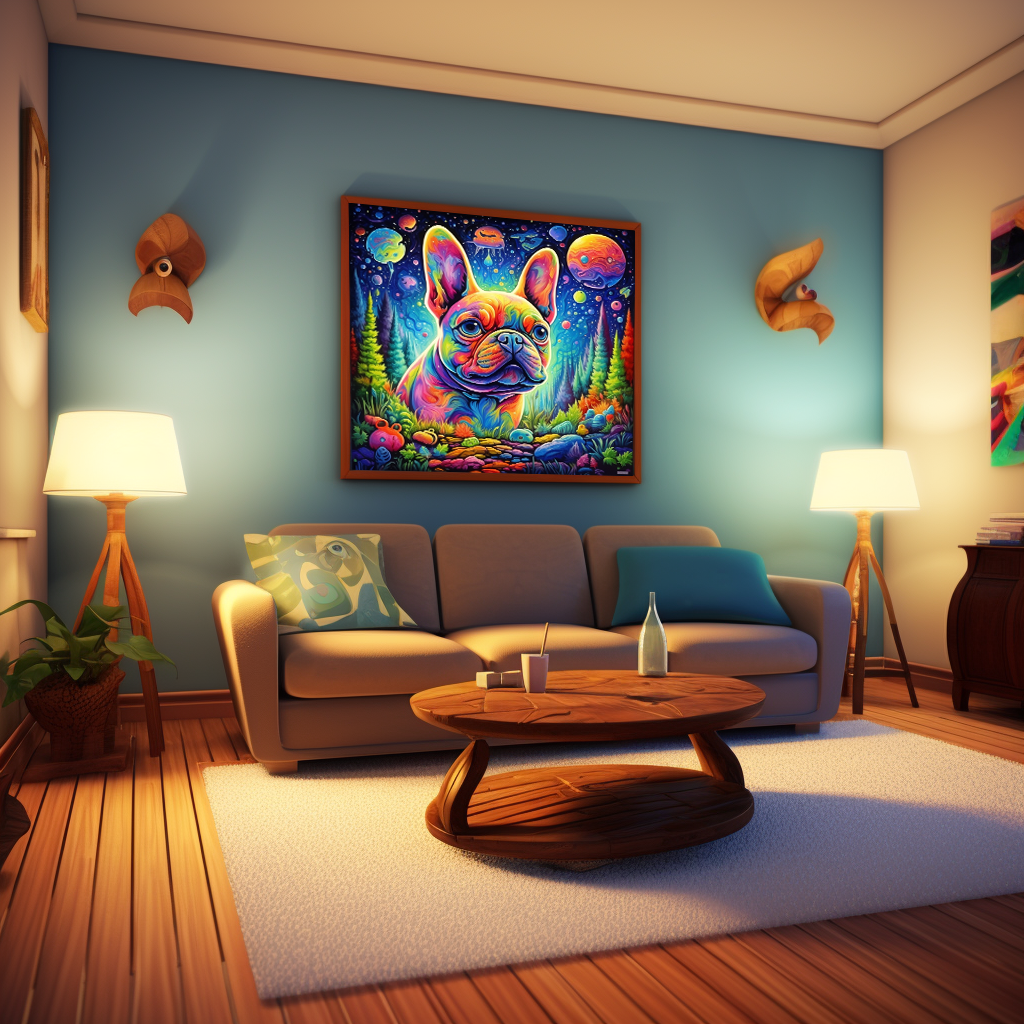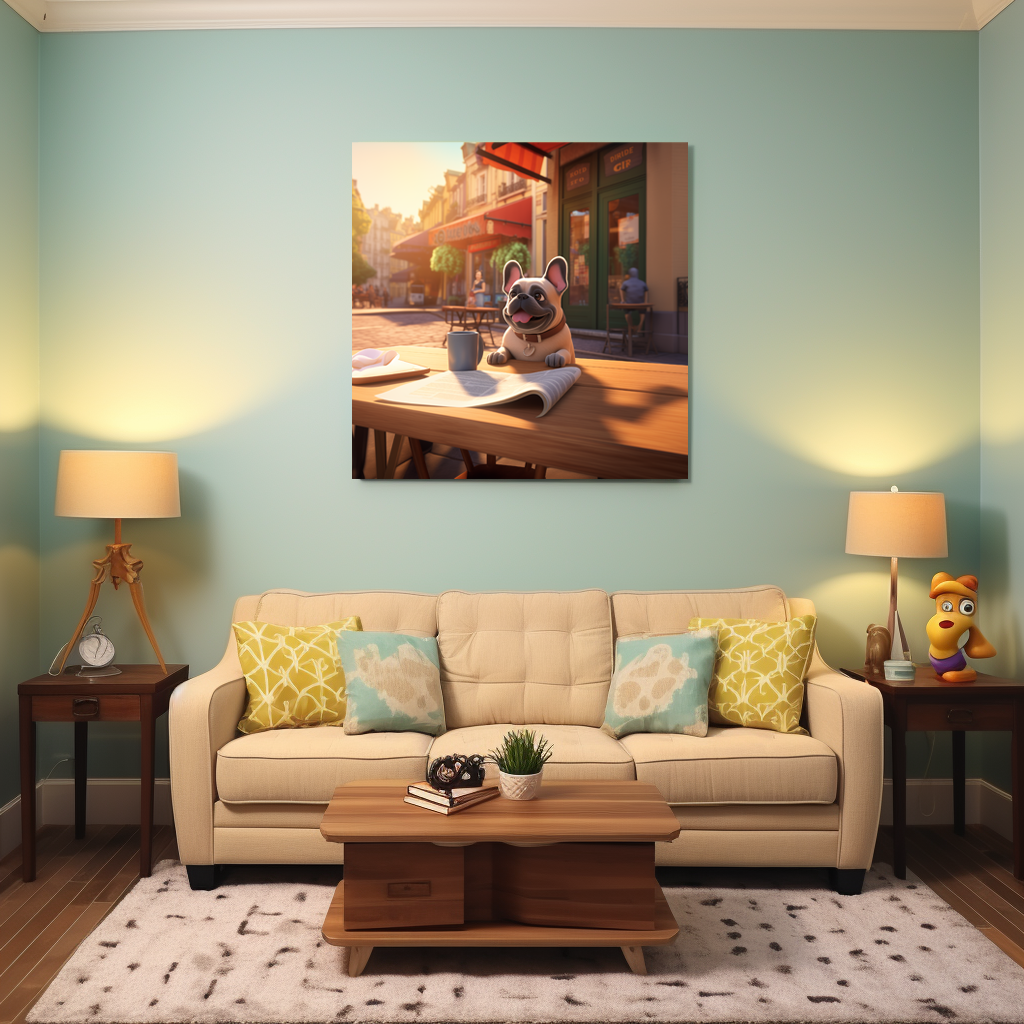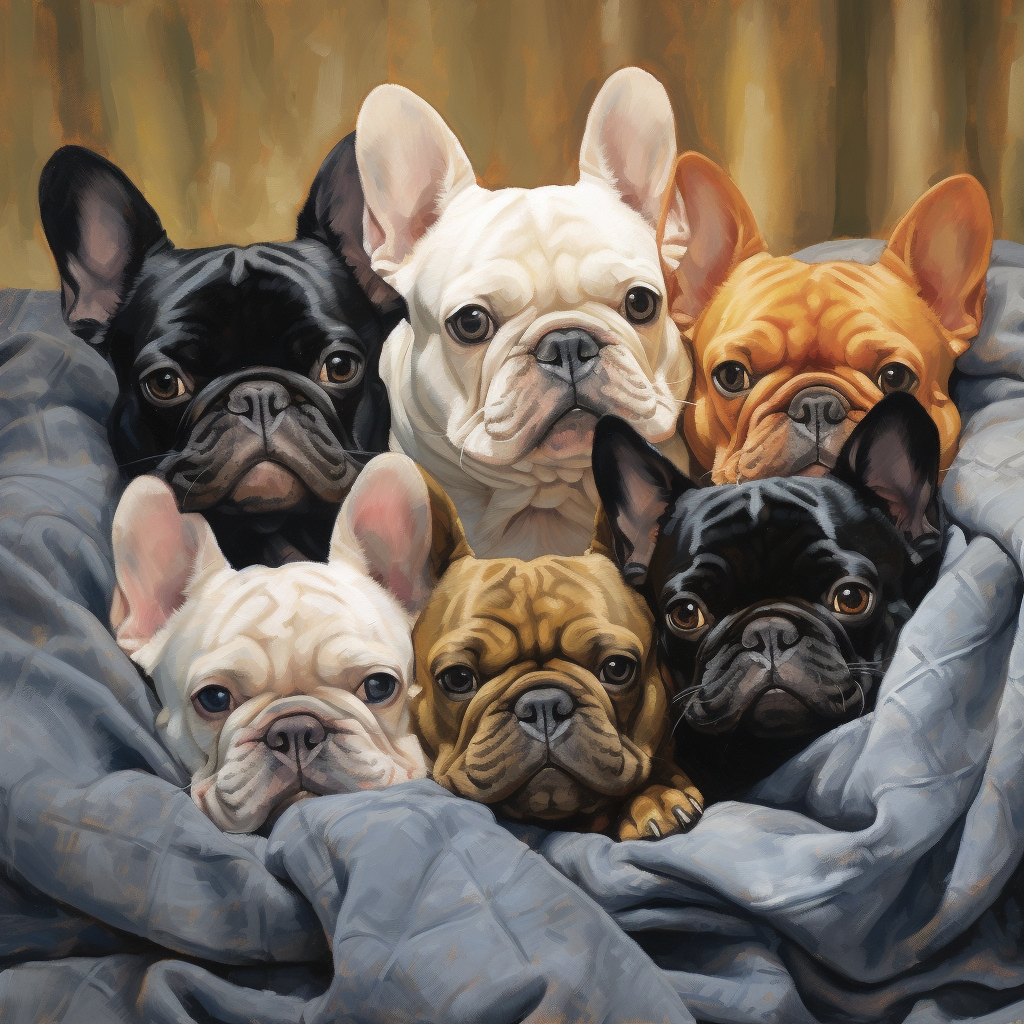Chocolate is poison for dogs. A stimulant called THEOBROMINE which is similar to caffeine, can cause heart and nervous system injury, organ dysfunction and death in dogs. The general rule of thumb is that the darker the chocolate, the more toxic it is for dogs. The following are the toxicity levels of the different kinds of chocolate:
MILK CHOCOLATE: one ounce of milk chocolate per pound of body weight is toxic.
SEMI SWEET CHOCOLATE: much stronger than milk chocolate; one ounce is toxic per 3-6 pounds of body weight.
BAKERS CHOCOLATE: much stronger than semi sweet chocolate; one ounce is toxic per 10 pounds of body weight.
COCOA BEANS: the strongest and most toxic chocolate; one ounce of ingested cocoa beans are toxic per 33 pounds of body weight.
Never forget that chocolate is EXTREMELY TOXIC and DEADLY in high enough quantities. Do NOT give any chocolate, in any form to your dog for any reason.
The other day I met a live victim. A yellow lab named Milo had a diagnosis of Pancreatitis. The owner informed me her dog had eaten a pound of chocolate. By the time they discovered the chocolate wrappers under the table, so much time had already passed that it was too late to reverse the organ damage that had been caused by the toxic chocolate. Vomiting and diarrhea are the most common symptoms, but in this case no symptoms presented until the following day after they had found the chocolate wrappers. All they knew to do then was to GO TO THE VET. Of course it was the weekend, an evening, and time passed because there were no symptoms to be alarmed by initially. Whenever you discover that your dog has ingested chocolate, or any other dangerous substance you must do two things immediately. These steps are listed below, and if they had been performed on Milo, they could have quite likely saved his now permanently injured pancreas.
To be safe, if you expect that your dog has ingested something toxic, with the exception of caustic and/or chemical substances such as bleach, you should always attempt to induce vomiting. The following is an outline of primary medicine cabinet remedies for poison control in dogs:
Animal Poison Control number ONE remedy is:
HYDROGEN PEROXIDE. Give your dog 1 teaspoon of Hydrogen Peroxide per 10 lbs of body weight. Use a syringe to squirt it directly down the throat or soak it into a small piece of bread and feed. This should induce vomiting within 20 minutes. If the vomiting doesn’t start you can re-give the dose, but only ONE MORE TIME. I have never had a case in which the hydrogen peroxide DID NOT cause the dog to vomit, but it your dog does not vomit after the second dose, you must take them IMMEDIATELY TO THE VET. Vomiting will solve most issues if you are able to get to the dog in time. A dog’s digestive track is short and easily vacated with vomiting, so long as the vomiting is started quickly. If you wait more than two hours, the dog will produce little vomit. When you dog finally vomits, you need to inspect the contents. Do you see lots of chocolate or whatever else you suspect? Garbage? Plants?
Animal Poison Control number TWO follow up remedy is:
FOLLOW the Hydrogen Peroxide with ACTIVATED CHARCOAL CAPS. There is no exact dosage per dog weight, but the charcoal is 100% harmless to your dog and it can only help in this situation. Don’t be afraid to give them too much charcoal, as it is not possible. I generally give two tabs to my 30 pound dogs. I have French Bulldogs. Just like your water filtration system contains charcoal to absorb toxins in the water, putting charcoal in your dogs stomach will absorb toxins and remove harmful side effects of toxic foods. CHARCOAL TABS also work extremely well for upset stomach and indigestion in dogs.
In summation, if you are ever in doubt about what your dog has consumed or if you know for sure your dog has eaten chocolate, INDUCE VOMITING immediately and follow with the ACTIVATED CHARCOAL TABS.
Remember if you do not successfully see your dog vomit then GO TO THE VET. Of course, if you are ever in doubt about anything, GO TO THE VET.
AUTHOR: Dr. Marika Zoll is a clinical psychologist and breeder of French Bulldogs. Her site is https://frenchbulldogsla.com. She practices alternative medicine healing along with traditional preventive medicine.






















